
Category: robotics/AI – Page 2,473

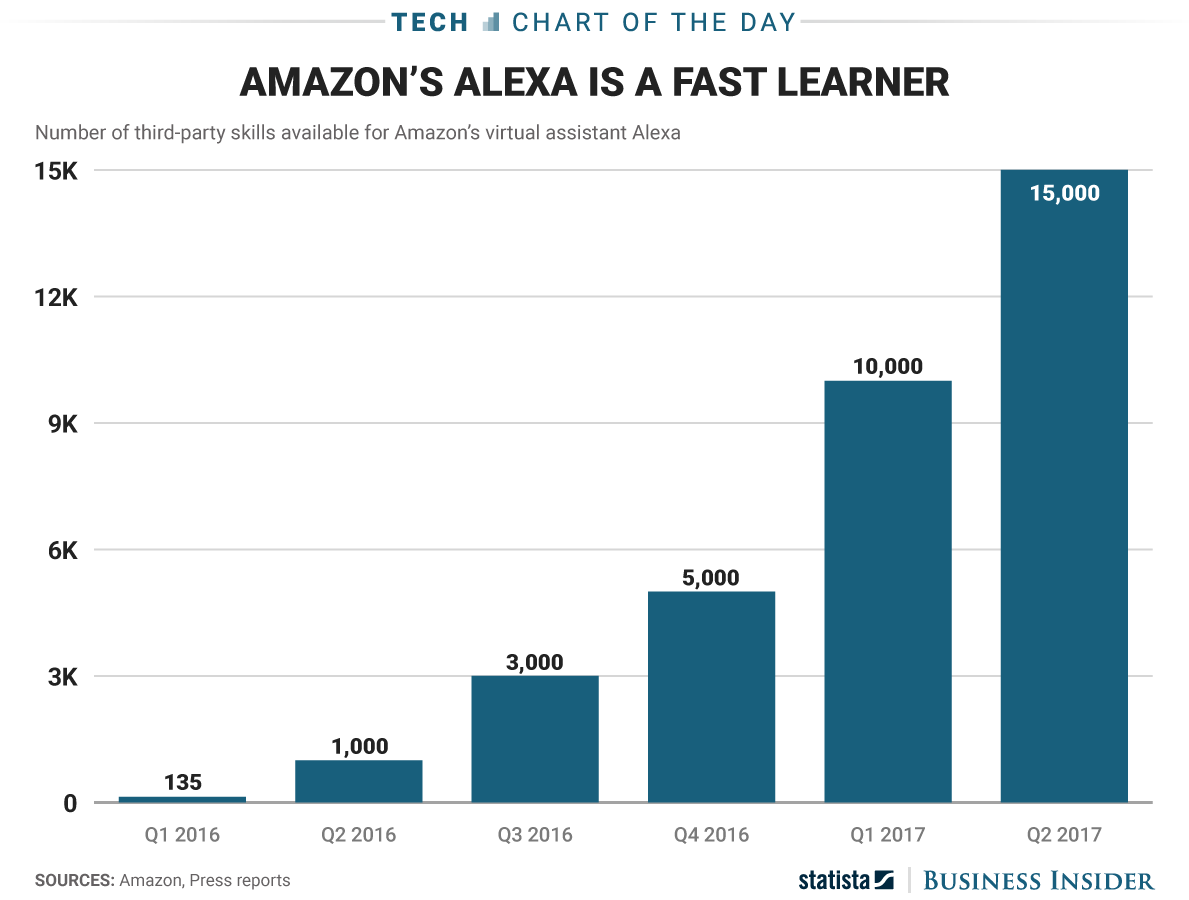
Amazon’s Alexa has gained 14,000 skills in the last year (AMZN)
Amazon’s Alexa is gaining knowledge at a rapid clip.
The voice assistant now has more than 15,000 “skills” (Amazon’s term for voice-based apps), nearly all of them created in the little more than two years since Amazon opened Alexa to outside developers. That is boatloads more than the number of apps available for Alexa’s chief rivals, Google Assistant and Microsoft’s Cortana, according to recent Voicebot data. And all those skills make Alexa able to do more tasks than its peers.
But Amazon’s “arms-wide-open” strategy means that, for every useful skill its assistant gains, it gets three skills dedicated to telling you egg facts. What’s more, Alexa is the dumbest of the major assistants when it comes to answering general knowledge questions, according to a recent study.
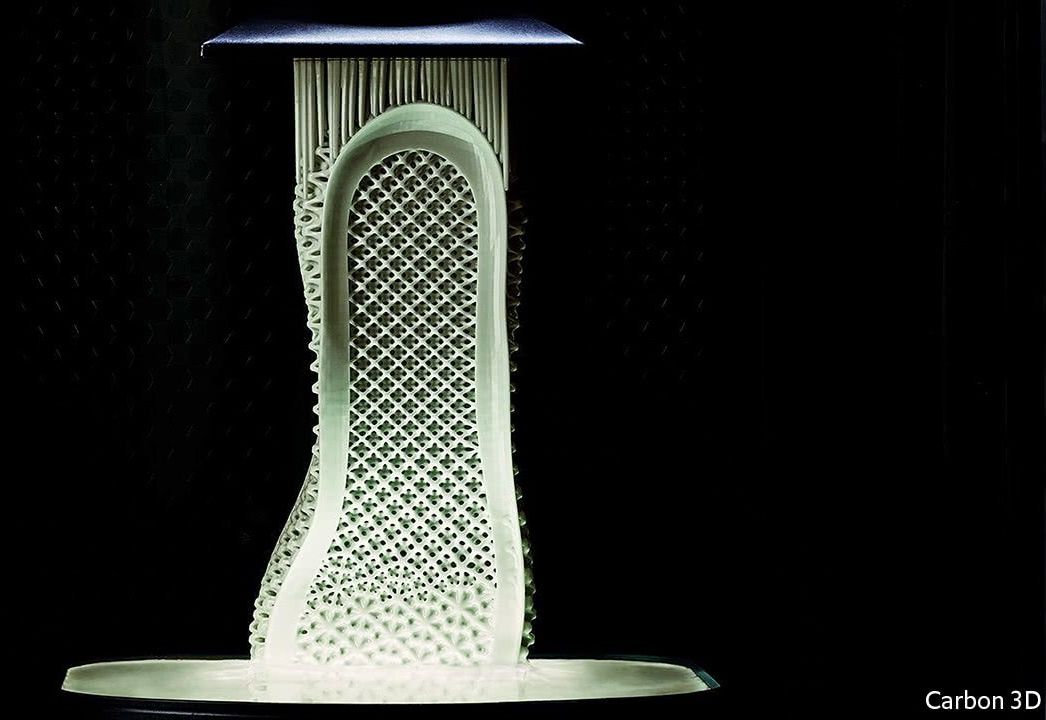
3D printers start to build factories of the future
As this example shows, 3D printing has come a long way, quickly. In February 2011, when The Economist ran a story called “Print me a Stradivarius”, the idea of printing objects still seemed extraordinary. Now, it is well established. Additive manufacturing, as it is known technically, is speeding up prototyping designs and is also being used to make customised and complex items for actual sale.
SLOWLY but surely the sole of a shoe emerges from a bowl of liquid resin, as Excalibur rose from the enchanted lake. And, just as Excalibur was no ordinary sword, this is no ordinary sole. It is light and flexible, with an intricate internal structure, the better to help it support the wearer’s foot. Paired with its solemate it will underpin a set of trainers from a new range planned by Adidas, a German sportswear firm.
Adidas intends to use the 3D-printed soles to make trainers at two new, highly automated factories in Germany and America, instead of producing them in the low-cost Asian countries to which most trainer production has been outsourced in recent years. The firm will thus be able to bring its shoes to market faster and keep up with fashion trends. At the moment, getting a design to the shops can take months. The new factories, each of which is intended to turn out up to 500,000 pairs of trainers a year, should cut that to a week or less.

New 3D chip combines computing and data storage
As embedded intelligence is finding its way into ever more areas of our lives, fields ranging from autonomous driving to personalized medicine are generating huge amounts of data. But just as the flood of data is reaching massive proportions, the ability of computer chips to process it into useful information is stalling.
Now, researchers at Stanford University and MIT have built a new chip to overcome this hurdle. The results are published today in the journal Nature, by lead author Max Shulaker, an assistant professor of electrical engineering and computer science at MIT. Shulaker began the work as a PhD student alongside H.-S. Philip Wong and his advisor Subhasish Mitra, professors of electrical engineering and computer science at Stanford. The team also included professors Roger Howe and Krishna Saraswat, also from Stanford.
Computers today comprise different chips cobbled together. There is a chip for computing and a separate chip for data storage, and the connections between the two are limited. As applications analyze increasingly massive volumes of data, the limited rate at which data can be moved between different chips is creating a critical communication “bottleneck.” And with limited real estate on the chip, there is not enough room to place them side-by-side, even as they have been miniaturized (a phenomenon known as Moore’s Law).
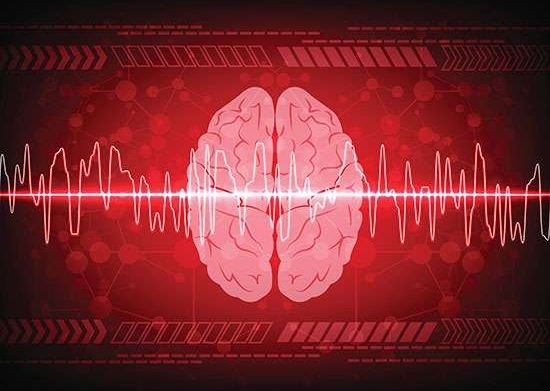
Study finds hackers could use brainwaves to steal passwords
Researchers at the University of Alabama at Birmingham suggest that brainwave-sensing headsets, also known as EEG or electroencephalograph headsets, need better security after a study reveals hackers could guess a user’s passwords by monitoring their brainwaves.
EEG headsets are advertised as allowing users to use only their brains to control robotic toys and video games specifically developed to be played with an EEG headset. There are only a handful on the market, and they range in price from $150 to $800.
Nitesh Saxena, Ph.D., associate professor in the UAB College of Arts and Sciences Department of Computer and Information Sciences, and Ph.D. student Ajaya Neupane and former master’s student Md Lutfor Rahman, found that a person who paused a video game and logged into a bank account while wearing an EEG headset was at risk for having their passwords or other sensitive data stolen by a malicious software program.
“Self-driving room” adapts to each passenger’s needs
National Electric Vehicle Sweden, which purchased Saab’s assets back in 2012, is using CES Asia to show its vision of autonomous commuting. Owning a car is out in this particular mobility vision, and vehicles not only pick you up and drop you off autonomously, they change their interiors around your needs and whims. So you enjoy a personalized ride and can make the most of every moment.

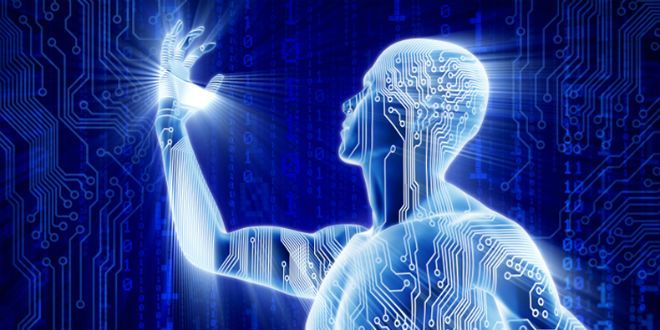
Synergy Between Torah and Science: How Far is TOO Far?
This is one of the first articles I’ve seen specifically on #Judiasm and #transhumaism, with input by rabbis. Naturally the article is cautious, but interesting too.
Transhumanism, an intellectual and cultural movement supporting the use of science and technology to improve human mental and physical characteristics and capacities, a concept once limited to the realm of science-fiction, is now becoming more of a reality than ever before. The once outlier philosophy is quickly becoming mainstream, an accepted part of the social conscience that is the new religion for the anti-religious, including its own Messianic vision.
There are many aspects to the transhumanism philosophy, often abbreviated as H+ or h+, including physical longevity through medical breakthroughs and/or merging mankind with machines. Many transhumanists advocate transferring the sum total of a person’s knowledge and experiences into a computer and recreating the individual as a form of artificial intelligence ( AI ) in order to extend an individual’s life.
In its most extreme form, transhumanism advocates limiting human population. This extreme philosophy is criticized for being eugenicist master-race ideology and infringing on basic reproductive rights.
Rabbi Avraham Arieh Trugman, director of Ohr Chadash Torah Institute, noted that as in any social reform, the driving intention behind the movement is the key element, the factor that decides whether it will be a positive or negative influence on human history.
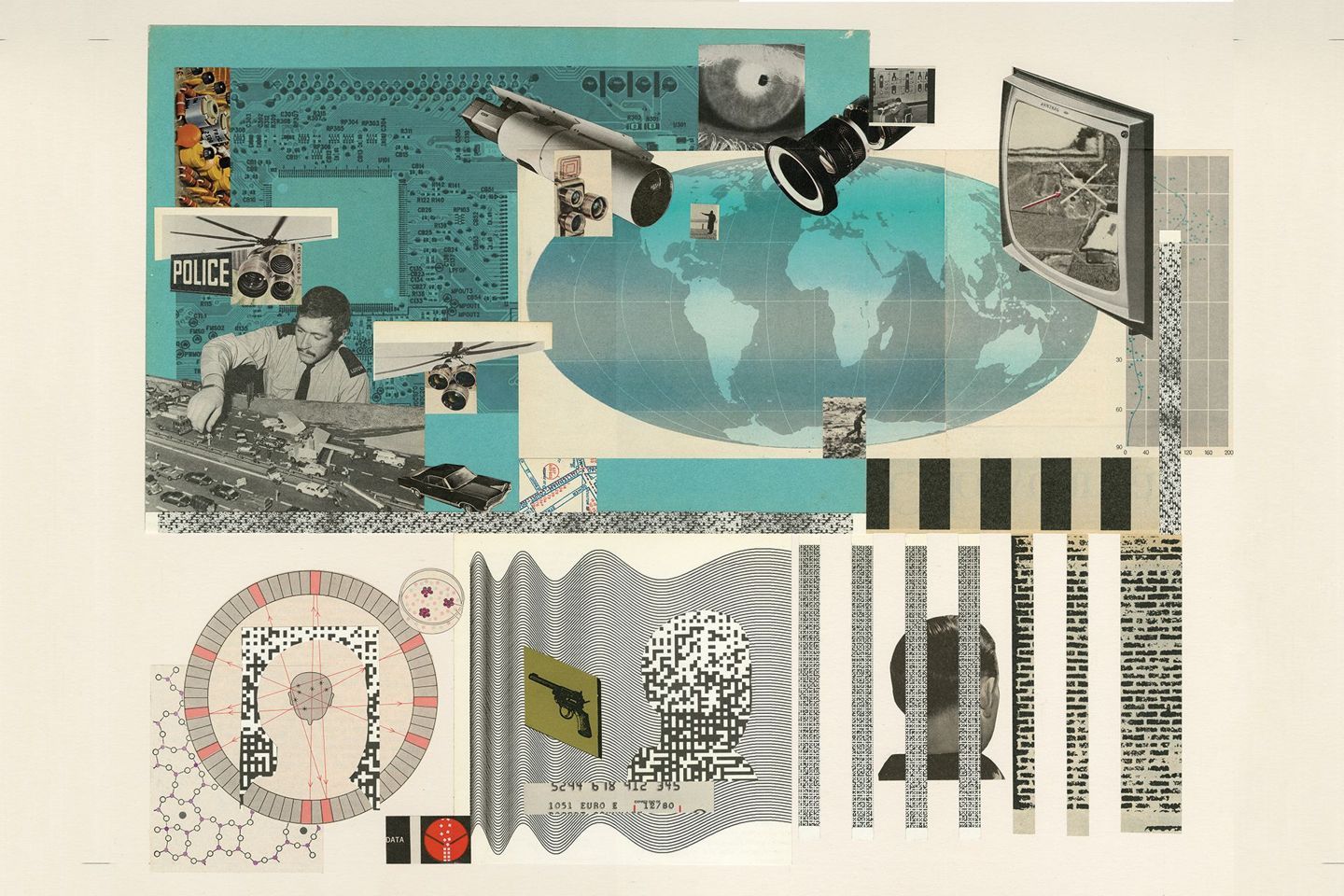
Apocalypse, now? The 10 biggest threats facing civilisation, from asteroids to tyrannical leaders
The team, made up of highly educated academics, lawyers, scholars and philosophers, form the Centre for the Study of Existential Risk (CSER, commonly referred to as “caesar”) and the Leverhulme Centre for the Future of Intelligence. At times of global threat, the experts meet to assess the biggest threats facing Earth and what can be done to save civilisation from the impending apocalypse.
